Top O' Rock Site (demolished)
Introduction
Text-to-speech Audio
Images
Exterior view of Top O' Rock. Courtesy of TopORock.net.
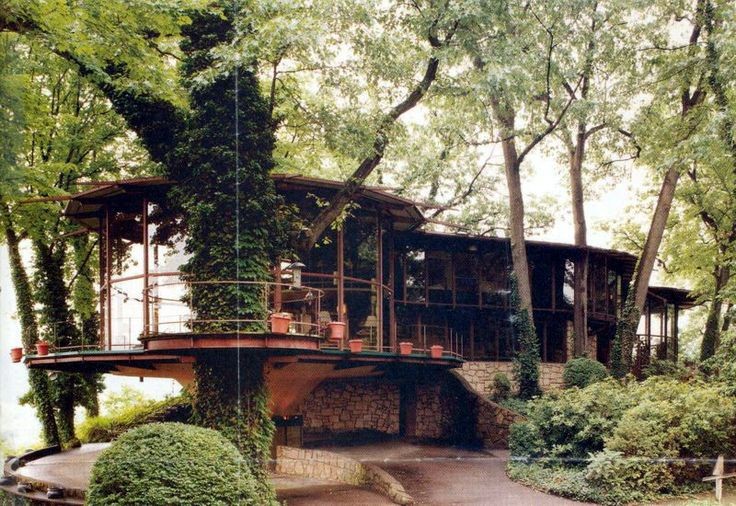
Exterior view of Top O' Rock. Courtesy of TopORock.net.
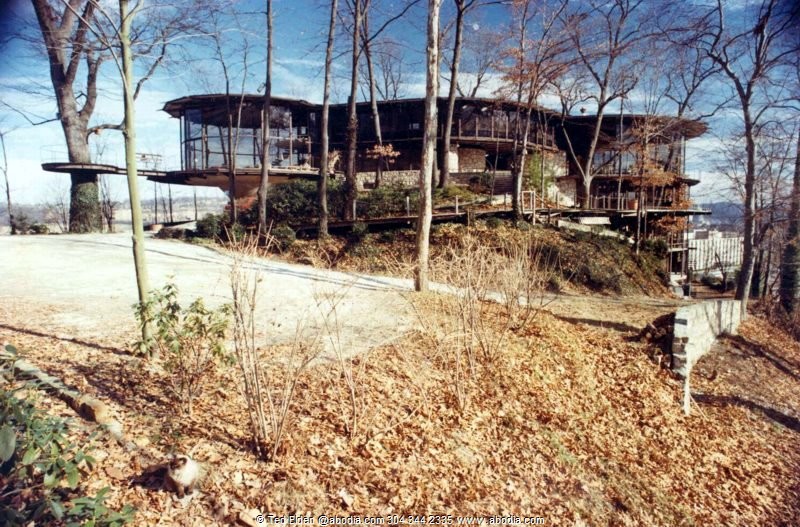
View from one of the circular rooms. Courtesy of TopORock.net.
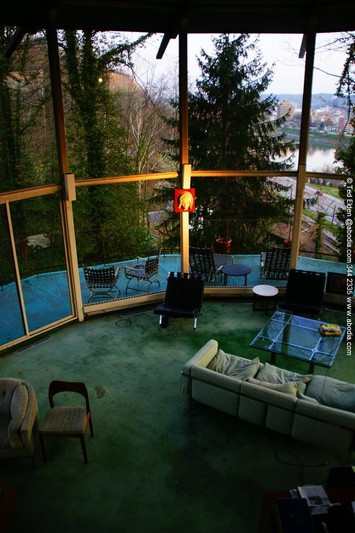
View from one of the circular rooms. Courtesy of TopORock.net.
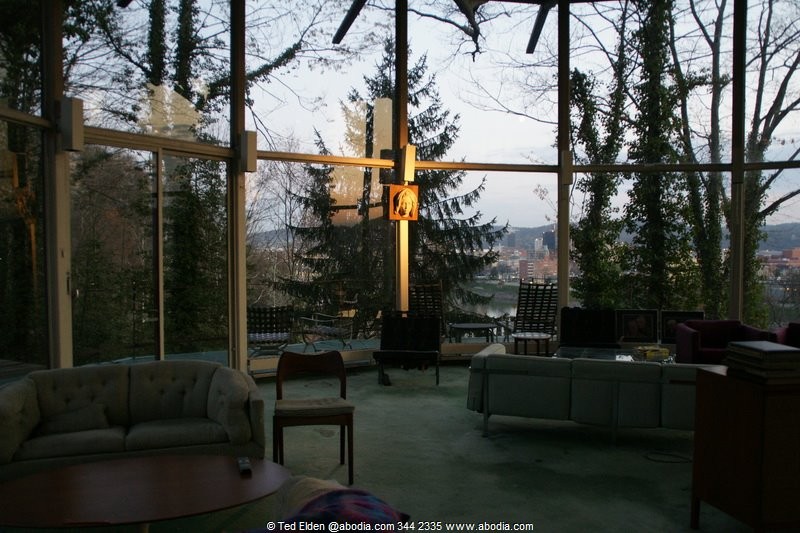
A circular staircase in one of the lounges. Courtesy of TopORock.net.
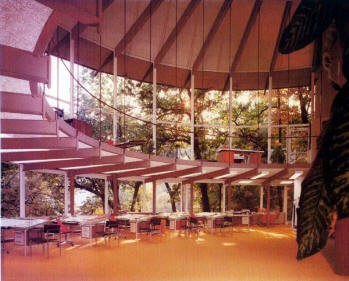
A yoga class provides a sense of scale to one of the circular rooms.
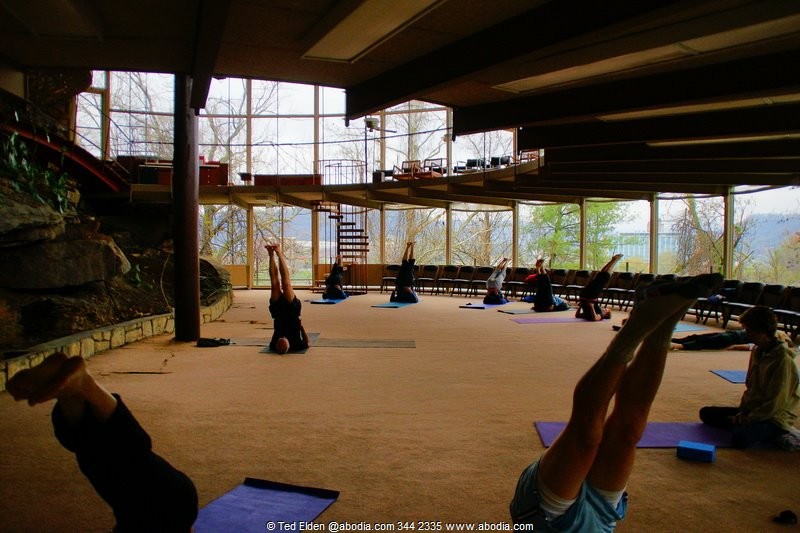
A letter from attendees of an event at Top O' Rock.
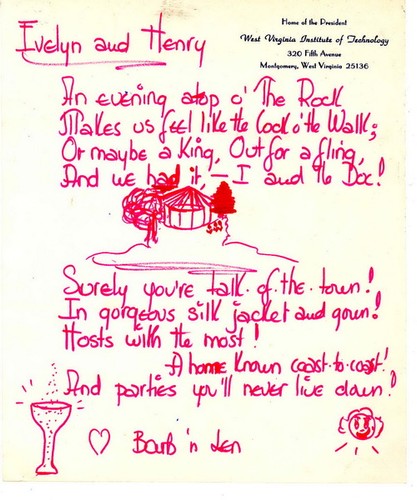
A letter from attendees of an event at Top O' Rock.
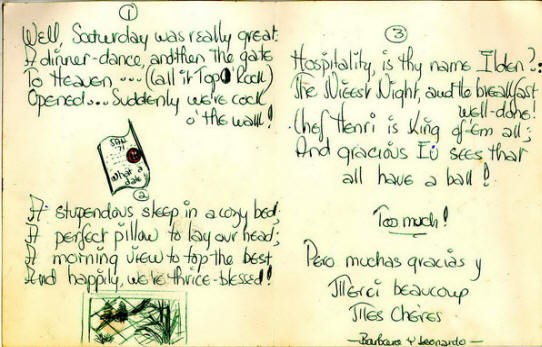
The venue dressed for an event. Courtesy of TopORock.net.
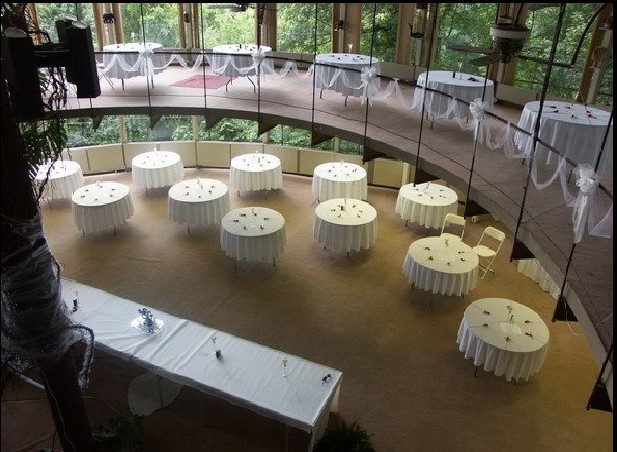
Graffiti mars the interior during its years of disuse.
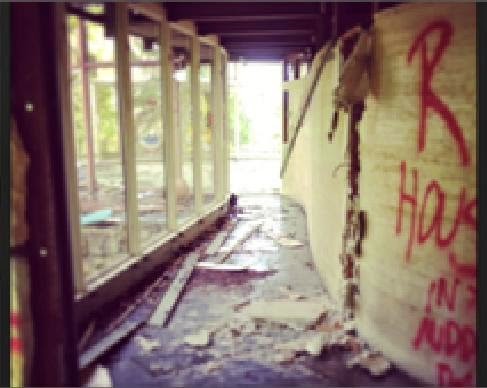
A nighttime view of one of the circular room interiors.

A nighttime view of one circular lounge.
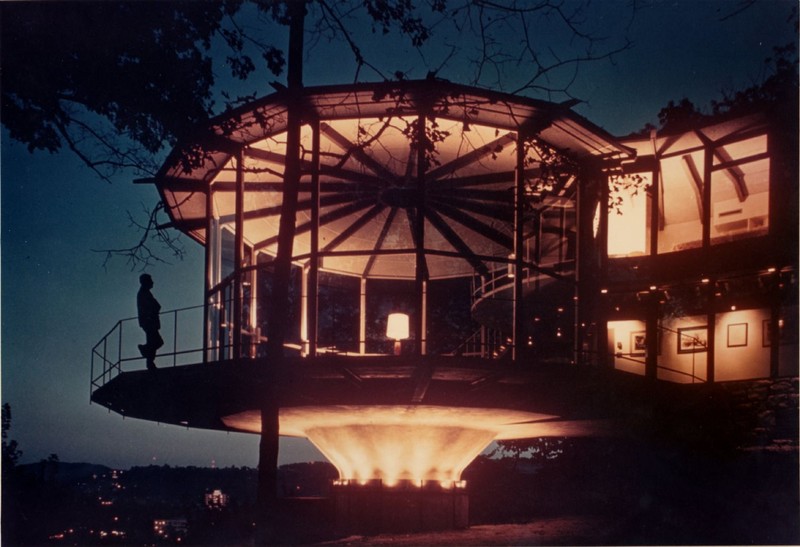
Hallways also afforded exterior views.
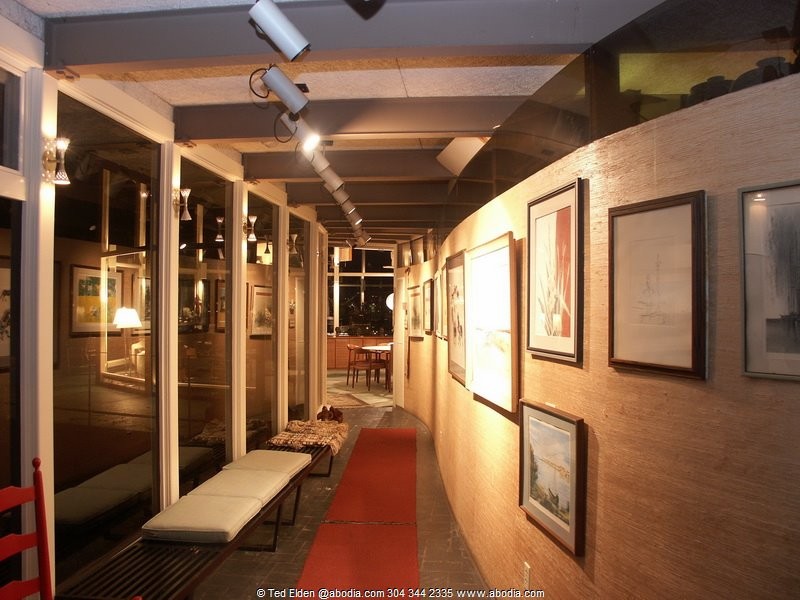
Panorama of the site before the construction of Top O' Rock. Courtesy of TopORock.net.
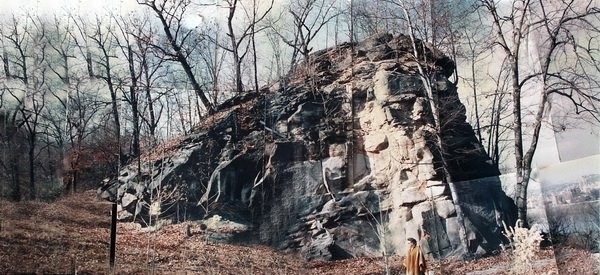
Architect and original resident Henry Elden. Courtesy of TopORock.net.
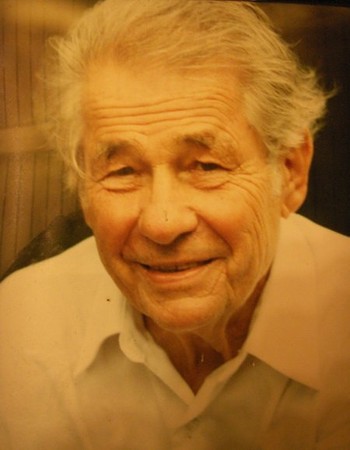
An elevation plan of Top O' Rock. Courtesy of TopORock.net.
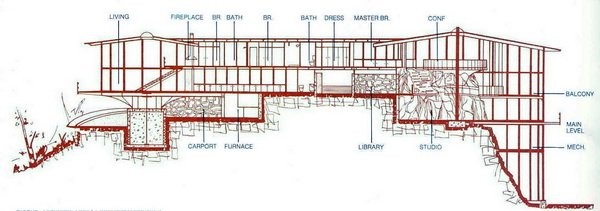
Backstory and Context
Text-to-speech Audio
Top O' Rock was designed to be Elden's home and office in Charleston and was constructed with some of the finest local materials. The structure included two iconic circular rooms on each end (one two-story and one three-story). These rooms were encased in floor-to-ceiling windows that gave panoramic views of the natural landscape. Wraparound decks bordered the entire 4,000 square foot, circular themed home.
Through his successes Elden became an admired socialite in West Virginia, throwing large parties for the social elite of Charleston at Top O' Rock--which allowed Elden to showcase the trappings of his $450 million dollar fortune. Top O' Rock was also rented out as a venue for wedding receptions, private parties, and other events, in addition to serving as the office for Elden's architectural practice.
When Elden died on January 17, 2009, his estate went up for sale. It stayed on the market for two years, despite desperate attempts to advertise the residence as potential office space for businesses. Failing to find a tenant, the house was put up for auction.
In 2011, a couple bought the house but were unable to afford the extensive renovations the structure required after several years of disuse. The landmark residence was left uninhabited and fell into decay. Eventually, it was broken into and vandalized. The empty house soon harbored vagrants and was heavily plundered and graffitied. The kitchen counter was torn out, along with copper plumbing and electrical wiring. City officials boarded it up when news finally broke of the house's condition.
In early 2015, The residence was opened to a limited audience to vote on conversion possibilities. Despite a decision to refurbish the facility as an art center for at-risk youth, further studies concluded that the reconstruction would be too expensive. Local fundraising and outreach could not furnish the required resources, and the iconic structure was demolished in September 2015.
Sources
"Top O Rock - Charleston, West Virginia." Top O Rock - Charleston, West Virginia. N.p., n.d. Web. 9 Feb. 2017. <http://www.toporock.net/>.
Hindman, Tom. "Top-O-Rock to Be Demolished." Charleston Gazette-Mail. N.p., n.d. Web. 9 Feb. 2017. <http://www.wvgazettemail.com/article/20140506/dm05/140509556>.
